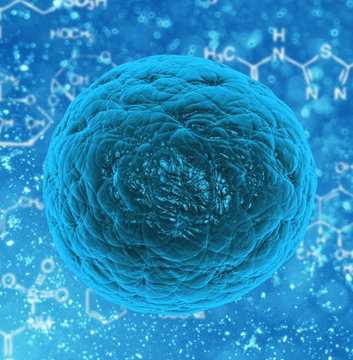
Researchers at Johns Hopkins University has developed a way to speed up the CRISPR-Cas9 gene-editing process by using light-sensitive nucleotides.
They altered some of the guide RNA sequencing by adding light-sensitive nucleotides. Doing so prevented the guide from doing its job until light was applied. And once that light was applied, the binding took place within a matter of seconds. The researchers call it a “caged approach,” because the guide is restrained until directed to carry out its job. They have named it very fast CRISPR (vfCRISPR).
Holding back the editing process and then activating it so quickly on-demand opens up the possibility of studying the process in more detail
That revolution in its most powerful manifestation came about with the discovery of RNA-directed DNA-cleaving enzymes in CRISPR systems, allowing the simple rules of base-pairing to guide targeted DNA breakage. Yet the CRISPR-associated 9 (Cas9) endonuclease that induces a DSB at target sites (determined by guide RNAs) in gene editing has been delivered as a relatively blunt instrument, with little control over its activity. On page 1265 of this issue, Liu et al.
(2) developed Cas9 into a precision instrument that is both temporally and spatially controlled. It should now be possible to interrogate the cellular response to DSBs in real time, which will allow greater understanding of how cells maintain genome integrity when faced with these potentially catastrophic lesions.
